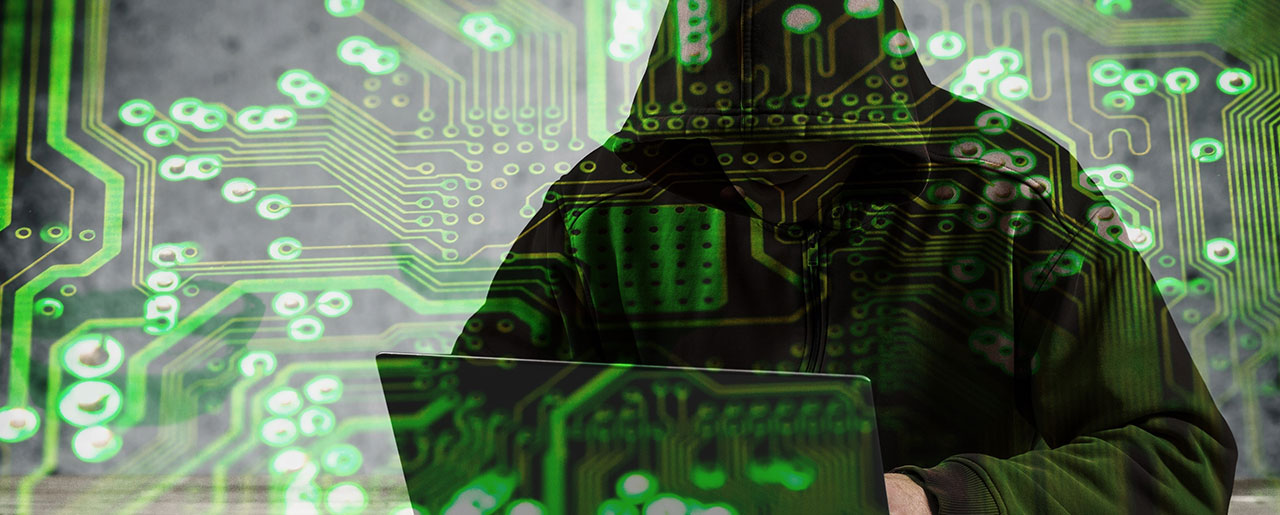
Phones, computers, tablets, TVs, video game consoles, surveillance cameras, connected thermostats, embedded devices… almost every Canadian household has at least one of these connected devices.
There are 25 online devices for every 100 people in North America, and it is estimated that by 2020, the number of connected devices worldwide will reach 50 billion!
Despite having become essential to our daily lives (banking transactions, government procedures, online purchases, communications, etc.), the use of these technological devices that connect us to the internet is not without risk. In fact, we are all vulnerable to cyber attacks to at least some degree.
In this article, Assurances Multi-Risques will give you more information on the topic and advise you on the possibility of getting personal insurance against cyber risks.
What is a cyber attack?
“
A cyber attack is a malicious act carried out by individuals, groups or organizations against an electronic device, with the aim of destroying, damaging, deceiving or taking control of it to perform unlawful operations, or even to steal its data. Its target can be a computer, a server, peripheral devices (printers, external hard drives) or mobile communication devices (smartphones, digital tablets). Such acts are usually committed through a local network or an internet connection.” (www.urgencequebec.gouv.qc.ca)
Social networking platforms and search engines collect countless data. This data is processed on a massive scale in order to provide internet users increasingly faster responses to their requests.
Although this general data (name, age, sex, for example) is highly sought after, it is nothing compared to personal data (password, banking information, social insurance number, etc.), which is invaluable on the black market.
We often mistakenly believe that hackers are after our money, but that isn’t true: our personal data is much more valuable in their eyes. That’s why it’s important to have a good understanding of this phenomenon, in order to adequately protect yourself from these unfortunate situations.
Knowing how to protect yourself
Home system attacks, data breaches, extortion, defamation, online fraud, identity theft… These kinds of situations can end in catastrophe. To protect yourself from such nightmares, Assurances Multi-Risques wants to give you a few tips that could save the day:
- Make sure you have up-to-date software, anti-virus protection and a firewall;
- Configure your computer and your network securely;
- Choose long passwords that are hard to guess (use upper and lower case letters, numbers and special characters);
- Don’t share your passwords, keep them secret!
- Try not to use the same password twice and change them regularly;
- Avoid clicking on hyperlinks in dubious emails at all costs, especially if they ask you to change your password. Only change your passwords on official sites;
- Only visit reliable websites;
- To spot fakes, pay particular attention to the spelling and the overall visual appearance of an email or a site, and check the site’s URL;
- Avoid sharing personal information with people or organizations that you don’t know well.
For more information on the best ways to prevent cyber attacks, visit https://www.getcybersafe.gc.ca/en.
It is now possible to personally insure yourself against cyber risks!
No computer network is safe from a cyber attack. Until recently, cyber risk insurance was only offered to businesses, as most of them hold confidential customer information. From the moment a merchant site offers online shopping, customers’ banking data is also susceptible to hacking.
In this sense, it is crucial for any business that is online to have good cyber risk protection, as a single computer intrusion would jeopardize their security and the trust of their customers.
Since June 2019, the insurer Wawanesa has innovatively offered, for the first time ever, a home insurance policy that provides personal protection in the event of a cyber attack.
What is cyber protection insurance?
Personal cyber protection coverage is made up of four elements:
- Cyber attacks
- Cyber extortion
- Online fraud
- Data breaches
Depending on the case, coverage may include the cost of data recovery, computer system restoration costs, professional assistance in the event of cyber extortion, and reimbursement of fraudulent charges.
Did you know that you can add additional coverage to your insurance policy? To find out if you are eligible for this type of protection, we recommend that you carry out the necessary checks with your insurer or contact your broker, who will be able to guide you!
In short…
As every household is vulnerable to cyber attacks, the issue is relevant to everyone. Most of our connected devices lack rigorous security, and even if you take all the precautions available to you, cyber criminals are not short of imagination and will always find loopholes to get what they want. So be vigilant and get insured!